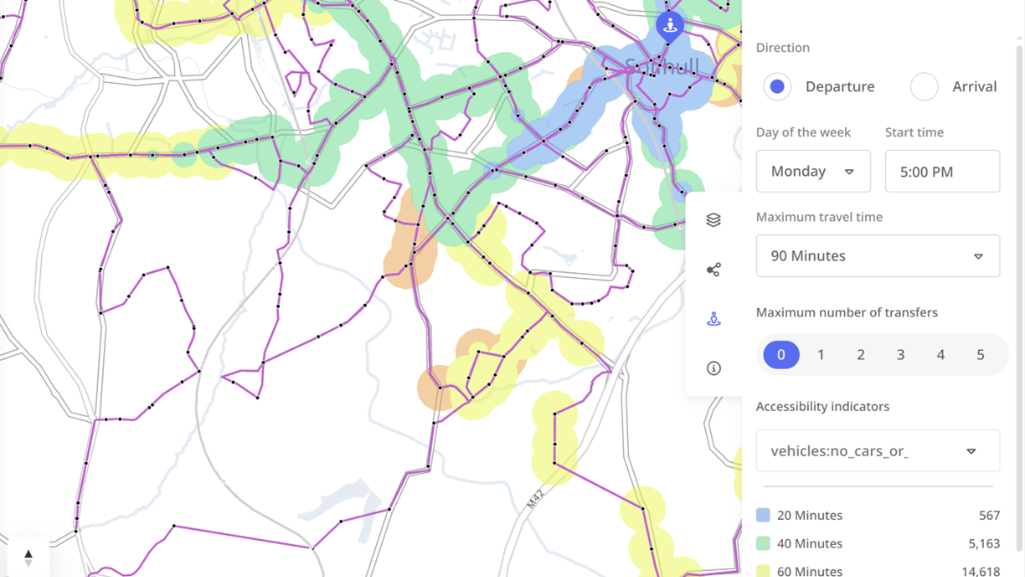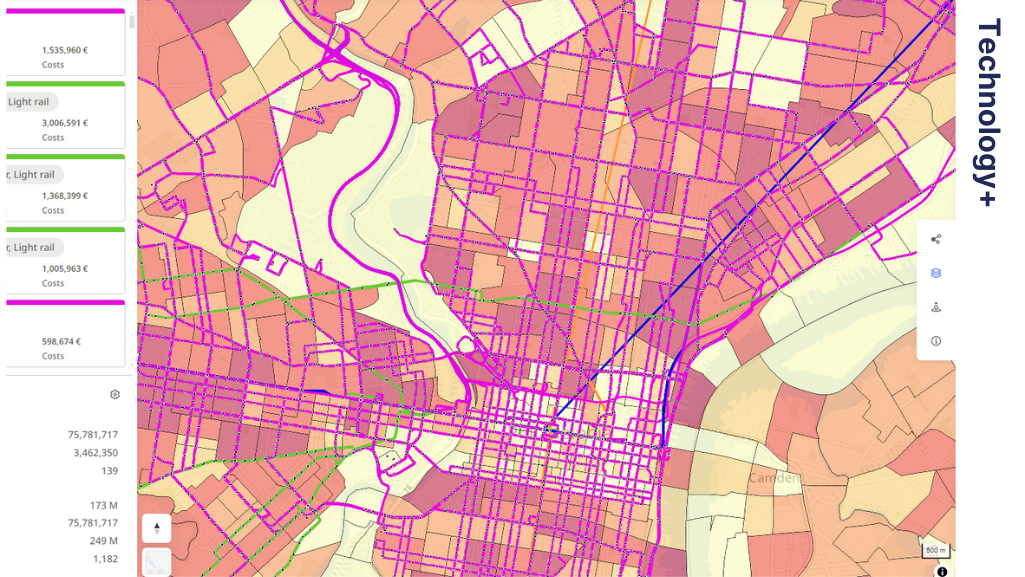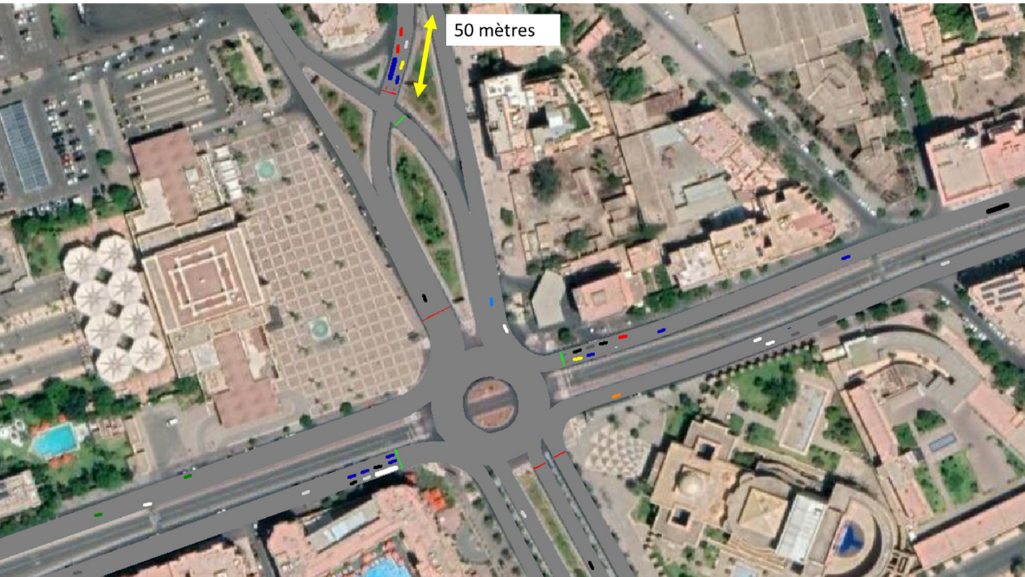Table of contents
The British town of Solihull in the West Midlands has a challenge that is probably familiar to many cities: Getting from the suburbs to the city center and to important facilities and employers is difficult or impossible using public transport.
Transport for West Midlands (TfWM) no longer wanted to accept this and therefore decided to redesign the bus network to improve accessibility to the city center. Their tool of choice: PTV Lines, the public transport planning software.
Understanding the challenges in Solihull
Solihull in the West Midlands is emblematic of the challenges of suburban public transport. While many bus services terminate in the town center, cross-town routes often require inconvenient transfers. Key employment and service centres such as Solihull Hospital, Jaguar Land Rover and Birmingham Airport/NEC remain difficult to access for residents of south-west Solihull. Particularly those without cars who rely on public transport.
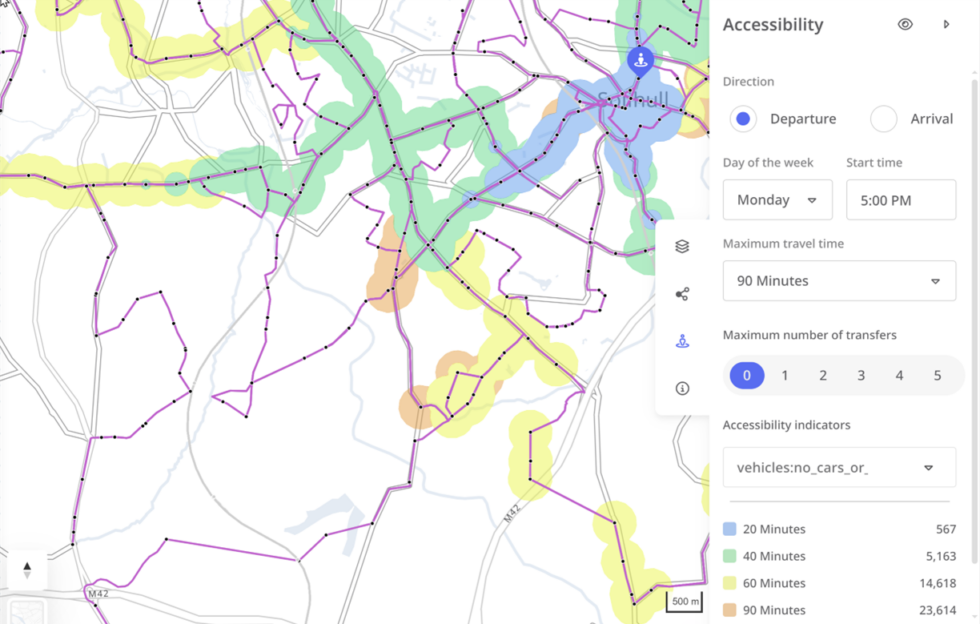
Using PTV Lines for service redesign
PTV Lines is a browser-based tool for collaborative public transport planning. It allows users to quickly edit routes and timetables, perform accessibility analysis, and compare scenarios on the fly. These features were critical in the Solihull project. It enabled TfWM to identify opportunities for bus improvements and quantify the impact of proposed changes.
Identifying Improvements
By integrating demographic data and analyzing existing bus networks in PTV Lines, the team identified the A4 and A5 routes as requiring improvement. These routes, serving south-west Solihull, were circuitous and offered limited accessibility to major employment and service hubs. Figure 2 shows this. Improvements in public transport accessibility were needed.
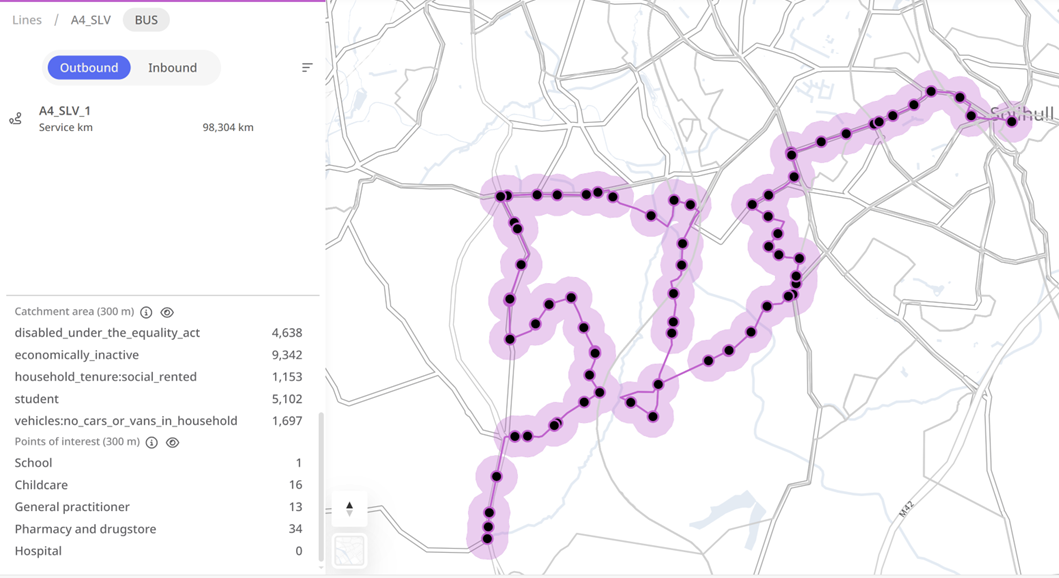
Route redesign
The X12 route was identified as a candidate for extension to replace the A4 and A5. Using the drag-and-drop functionality in PTV Lines, the extended route was optimized to serve additional areas while taking into account physical constraints such as bridge height restrictions. This is shown in Figure 3. Accessibility analyses of the proposed route showed significant improvements. It connected more residents directly to key destinations beyond Solihull town center.
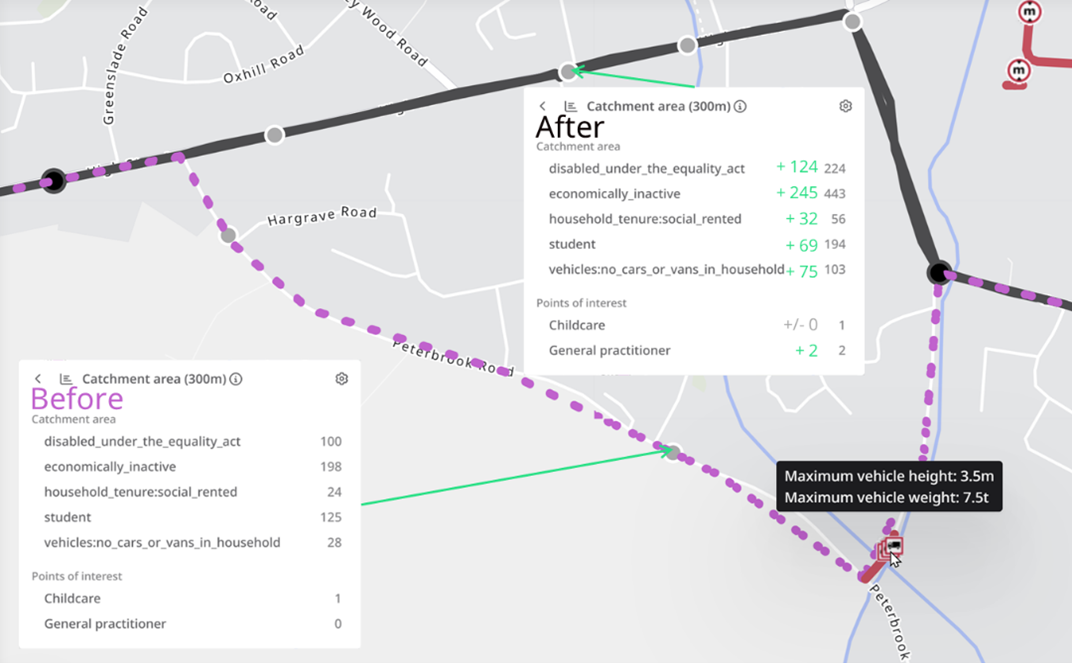
Quantifying impact
A key advantage of PTV Lines was its ability to quantify the effects of the changes. It allowed TfWM to assess operational costs, resulting from changes in service kilometres and timetable frequency adjustments, alongside the broader benefits of improved accessibility.
Dominic Batchelor, Senior Transport Planner from TfWM, emphasised the value of the tool in this project: “PTV Lines allowed us to quickly test and compare various route scenarios, helping us to quantify the impact of changes not only in terms of operating costs but also in how many more people could access essential services.”
For example, the analysis revealed how many more residents could reach hospitals, schools, and employment hubs without transfers, providing quantifiable measures to support decision-making.
“This data-driven approach ensures we can make informed decisions that benefit our communities while optimising resources”, Batchelor added.
With the proposed changes to these routes, an additional 1,341 households without a car would be able to reach the hospital within 60 minutes. Figure 4 shows this improvement in accessibility, when compared to Figure 1, with many locations in the south-west now directly accessible to employment centres and amenities in the north. The cost of running these additional services is also quantified and would cost in the region of £3m extra, allowing TfWM to make an informed decision on the benefits in tandem with the costs of the proposed change.
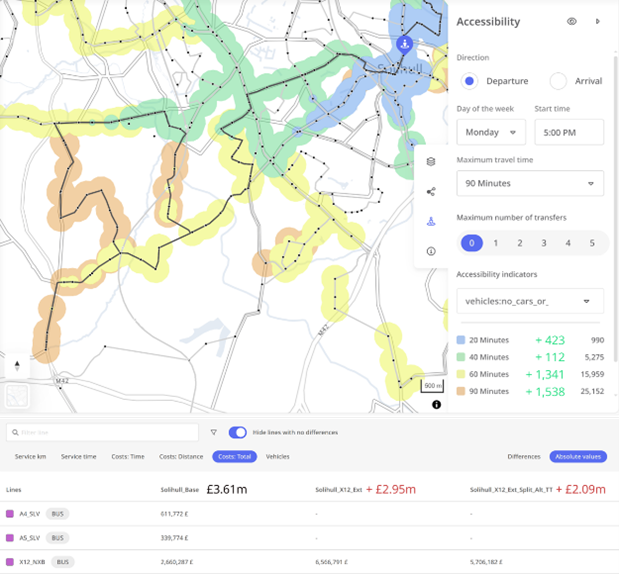
Scenario testing
Further optimizations included splitting the extended X12 into two sub-routes, X12A and X12B. This improved efficiency and customer experience. PTV Lines enabled the team to quickly test these scenarios. They evaluated their cost and accessibility impacts, ensuring the final solution balanced operational efficiency and user benefits.
Implications for wider application
The success of the Solihull project demonstrates the potential of PTV Lines to improve public transport systems and accessibility. The software enables easy scenario comparison and data-driven decision making to support sustainable public transport planning.
Stuart Law, Modelling Applications Lead at TfWM, said of PTV Lines: “I found it easy to use and can see it would be of benefit to some of the teams here. Particularly I like the link to Visum and how that could help with coding.”

Step up your Public Transport Planning Game
Discover our Ultimate Guide to The Best Public Transport Service

How is accessibility in your region?
With PTV Lines, optimize your local transport system in a simple and data-driven way
